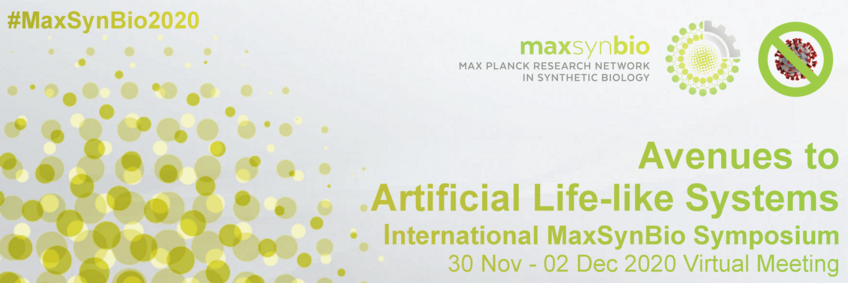
#37 - Directed chemical communication in microfluidic-based protocellular models
Sunidhi Chandrakanth Shetty (Max-Planck Institute of Colloids and Interfaces, Potsdam)
Tuesday, 01 Dec 21:15 - 22:00 CET
Access to the BigBlueButton rooom for this Mini Talk via the lists for Monday and Tuesday.
Please make yourself familiar with BigBlueButton before you join the Mini Talk - read the instructions.
Abstract
Title: Directed chemical communication in microfluidic-based protocellular models
Author(s): Sunidhi C. Shettya, Naresh Yandrapallia, Kerstin Pinkwarta, and Tom Robinsona
Affiliation(s): aMax-Planck Institute of Colloids and Interfaces, Potsdam, Germany
Abstract: Multivesicular vesicles (MVVs) comprise nested liposomal structures that can serve as an ideal platform to mimic the complex hierarchical architecture of a eukaryotic cell. However, so far, artificial eukaryotic cell models reported so far with bulk methodologies offer poor control over the size and encapsulation of the inner compartments. Microfluidic strategies circumvent these issues and offer a robust and high-throughput technique to assemble MVVs of homogenous size distribution. Here, we report a novel two-inlet channel design, within a polydimethylsiloxane (PDMS) device, to form compartmentalized systems embedding a three-step enzymatic reaction cascade network. We also show the feasibility of these systems to carry out chemical communication between different compartments which is directed through specific membrane pores. The final read-out of the successful signal transduction was detected by the conversion of the fluorogenic substrate Amplex Ultra Red into fluorescent resorufin. Our technique provides a high degree of control over the intra-vesicular conditions such as pH, buffers, number of inner compartments - essential for bottom-up assembly of artificial eukaryotic cells.